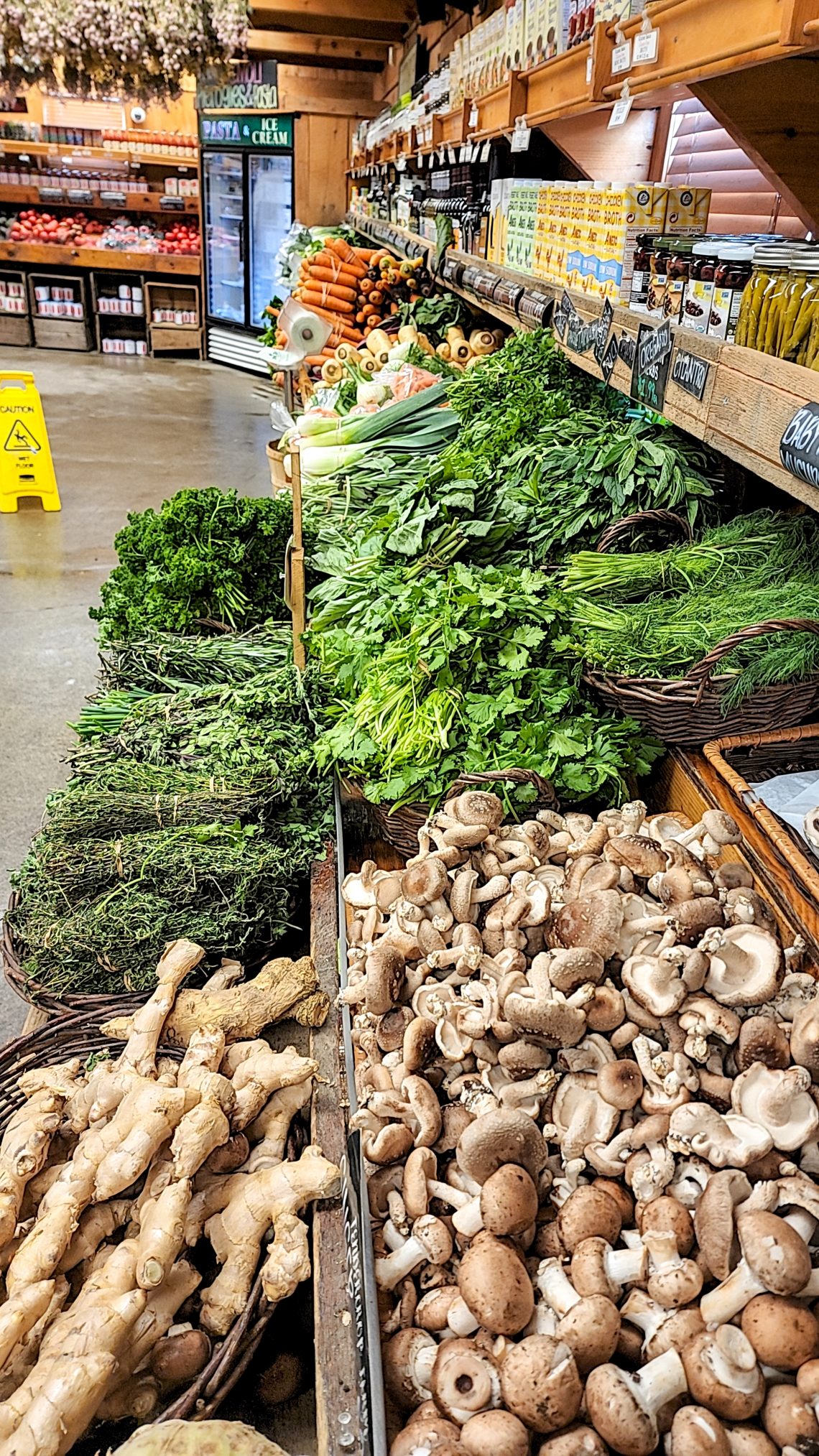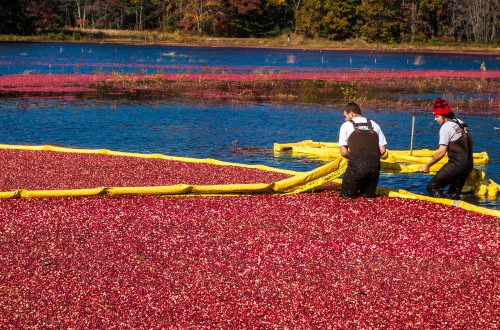
How Do Oats, Peas, Beans, and Barley Grow?
Here’s some unsolicited advice. Begin to seriously practice being a locavore – and encourage your friends to do the same. The reason: Our global food system faces grave challenges, both near-term and long-term. Since the last time I wrote about this issue, there have been vexing new developments. McKinsey, the global management consulting company that advises corporations, governments, and other large organizations, points to the rising risk of a global food crisis.
One way to better prepare to make your way through this situation is to encourage the further development of local sources of food, especially your local farmstands and markets. Learn and pay attention to what’s available and how to use unfamiliar grains and vegetables, and adjust your menus accordingly. Learn to make substitutions with what you usually incorporate in your recipes, and experiment. Find new recipes that incorporate these ingredients. Explore different culinary traditions. The sooner you start and begin to adapt, the better off you’ll be should these major impacts come about.
Rain, rain … come again another day
Here’s some background. It’s planting season in farm country. Back on the old farm in Illinois, they’re planting corn this week. That’s late because of cold and wet weather delays. All across the farm belt, planting conditions are the slowest in a decade, and the U.S. Agriculture Department expects corn yields to be down by at least 2 or 3 percent. Southwest Kansas has gone 300 days without any precipitation, and very little wheat there will make it to harvest. That likely translates to higher prices.
Those aren’t the only problems. In California, a serious water shortage will impact a major source of U.S. fruits, nuts, and vegetables. Already, I’ve noticed the absence of golden raisins, currants, and sometimes pecans. The Los Angeles Times has featured recent reports on citizens grumbling about the restrictions on watering lawns and the expected limits on household use of water. But the real concern for all of us is a food shortage. One-third of the vegetables and two-thirds of the fruits and nuts grown and sold in the U.S. come from California. Specifically, 99 percent of the artichokes and walnuts, 97 percent of the kiwis and plums, 95 percent of the celery and garlic, 90 percent of the broccoli, and 89 percent of the cauliflower, not to mention 71 percent of the spinach and 69 percent of the carrots, just to name a few. Add the state’s wildfire problem made worse by the dry conditions, and you have to be concerned about the cost and availability on store shelves in the future.
Gone to soldiers
Place on top of these issues the war in Ukraine. Ukraine is unable to export its grains, fertilizer, and vegetable oils. As one of the world’s six breadbasket regions, Russia and Ukraine together produce about 30 percent of wheat exports and 65 percent of sunflower oil. McKinsey reports that it expects between 19 million and 34 million tons of export production could disappear this year from the global food basket. McKinsey says that will result in a whiplash effect on the food supply chain. And Russia and Ukraine are the major suppliers of the main components of fertilizer: nitrogen and potash. That fertilizer shortage results in lower crop yields around the globe.
Two other issues are further complicating our food system: the avian flu and the logistics of getting products from produce areas to store shelves. The worst avian flu outbreak since 2015 is causing a spike in the price of chicken and turkey. Expect higher poultry prices through the end of the year, according to McKinsey. Produce from Mexico has been slowed because of increased border inspections in Texas, thanks to the governor. Those restrictions have been rescinded, but the results of earlier delays continue to affect the system.
When I was in grade school, we sang a song that went, “Oats, peas, beans, and barley grow/Do you or I or anyone know/How oats, peas, beans, and barley grow?” Here in New England, many of us don’t have a clue. We don’t pay much attention to these issues. But pretty soon, we’ll be grumbling about the rising price and availability of food and meat. Let’s hope we’ll also have some ideas about how to deal with it constructively while cooking up some interesting new meals.
And be sure to say thanks to the folks working at your local food and produce market.
To comment, please click on “Read in Browser” or on the headline to view the blog on the website. You can log in and comment at the end of the blog to share your thoughts and start a discussion.
If you’d like to share the blog, click on the Facebook icon or one of the others. Thanks!





One Comment
Carol Birkland
Most of the corn is in here in Iowa and we are getting good rain bit cool temps. There may be a shortage but the farmers who have it to sell are going to make a bundle!